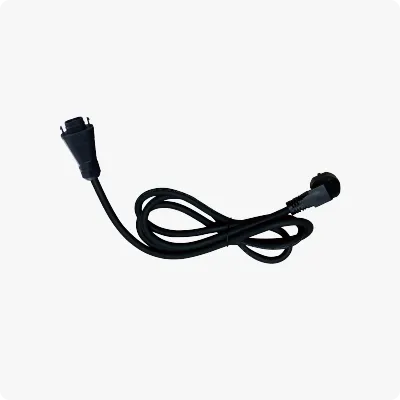Easy Solar Kit (with microinverter)
 LEARN DETAILS
LEARN DETAILS
 News
News
Table of contents
Understanding Micro Inverter Reference Design
As the demand for renewable energy continues to grow globally, solar power has emerged as a leading solution for sustainable energy generation. Among the various technologies employed in solar power systems, micro inverters play a pivotal role in enhancing the efficiency and reliability of solar energy generation. The concept of a micro inverter reference design serves as a guideline for manufacturers and developers in creating effective micro inverter systems. This article delves into the significance of micro inverter reference designs, their components, and the benefits they bring to solar energy systems.
What is a Micro Inverter?
Micro inverters are small devices that convert the direct current (DC) generated by individual solar panels into alternating current (AC) for household or grid use. Unlike traditional string inverters, which connect multiple solar panels in a series, micro inverters are installed directly on each panel. This allows them to optimize the energy production of each panel individually, leading to improved overall system performance, especially in partially shaded conditions.
Importance of Reference Design
A reference design serves as a standardized blueprint for the development and manufacturing of specific technology, in this case, micro inverters. It provides a comprehensive outline of the necessary components, configuration, and design considerations needed to create an effective and efficient micro inverter. By adhering to a reference design, developers can streamline the design process, reduce time-to-market, and ensure compliance with industry standards.
Key Components of Micro Inverter Reference Design
1. Power Conversion Stage This stage typically consists of a power stage that includes high-efficiency MOSFETs (Metal-Oxide-Semiconductor Field-Effect Transistors) and transformers. Together, they manage the conversion of DC to AC while maintaining a high efficiency, typically above 95%.
2. Control Systems Advanced digital signal processors (DSPs) or microcontrollers are essential for the management of the inverter. They facilitate maximum power point tracking (MPPT), ensuring that each panel operates at its optimal voltage and current levels, thereby maximizing energy harvest.
3. Communication Interfaces Many micro inverters now include communications features (like RS485 or Wi-Fi) to enable data transmission to monitoring systems. This allows homeowners and system operators to track performance metrics, diagnose issues, and receive alerts if performance drops, contributing to better maintenance practices.

4. Protection Mechanisms Safety features such as over-voltage protection, thermal monitoring, and fault detection circuits are critical components of micro inverter designs. These features help prevent damage to the inverter and the solar panels while ensuring compliance with safety standards.
5. Thermal Management Systems Effective thermal management helps ensure that micro inverters operate within safe temperature limits, enhancing their longevity and efficiency. Designs often incorporate heat sinks or fans to dissipate heat effectively.
Benefits of Micro Inverter Reference Design
Adopting a micro inverter reference design offers numerous advantages
- Increased Energy Production By optimizing performance at the panel level, micro inverters can significantly increase the total energy output of the solar system, especially in situations with shading issues. - Easier Installation The modular nature of micro inverters simplifies the installation process. Each unit can be independently mounted to each solar panel, reducing complexity compared to traditional string inverter systems.
- Scalability Micro inverters allow for easier system expansion. Homeowners can add panels incrementally without needing to replace or upgrade existing infrastructure.
- Greater Flexibility The design of micro inverters makes them suitable for a range of applications, from residential rooftops to large commercial solar farms, adapting to different layouts and energy needs.
Conclusion
In summary, micro inverters represent a sophisticated technology poised to enhance the efficiency and reliability of solar energy systems. The development of standardized micro inverter reference designs streamlines the production process, ensuring high-quality, reliable, and efficient products. As the renewable energy sector continues to evolve, the importance of effective reference designs in the creation of innovative solutions cannot be overstated. Emphasizing the role of micro inverters in optimizing solar energy conversion will pave the way for a more sustainable and environmentally friendly future.

